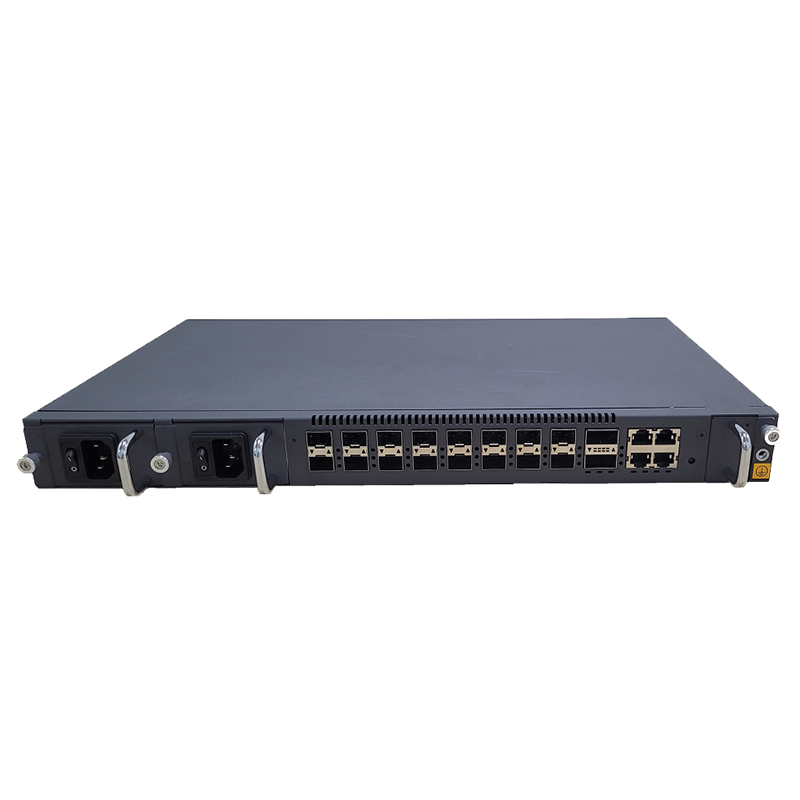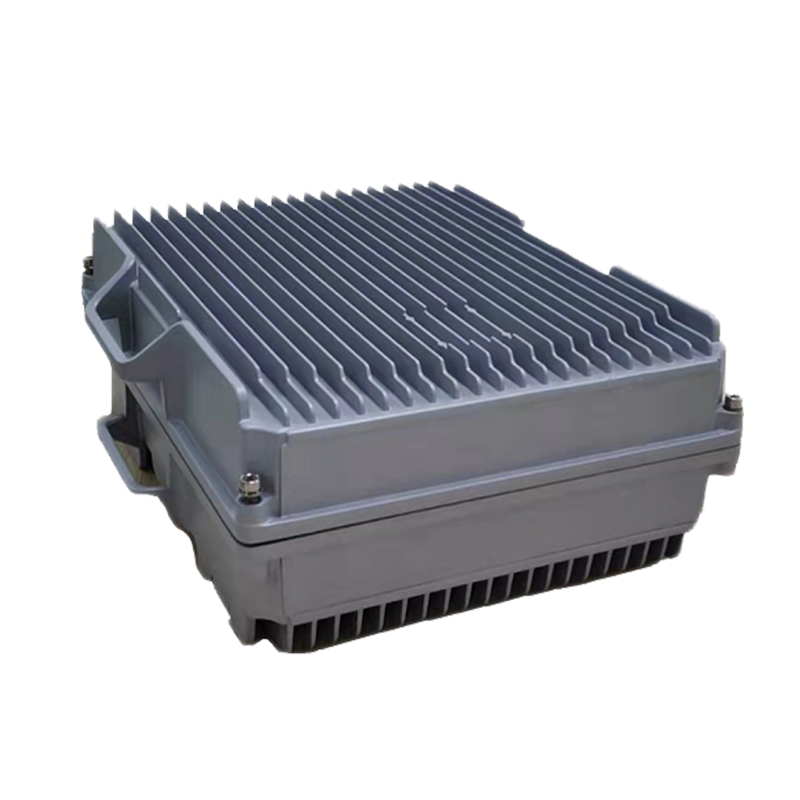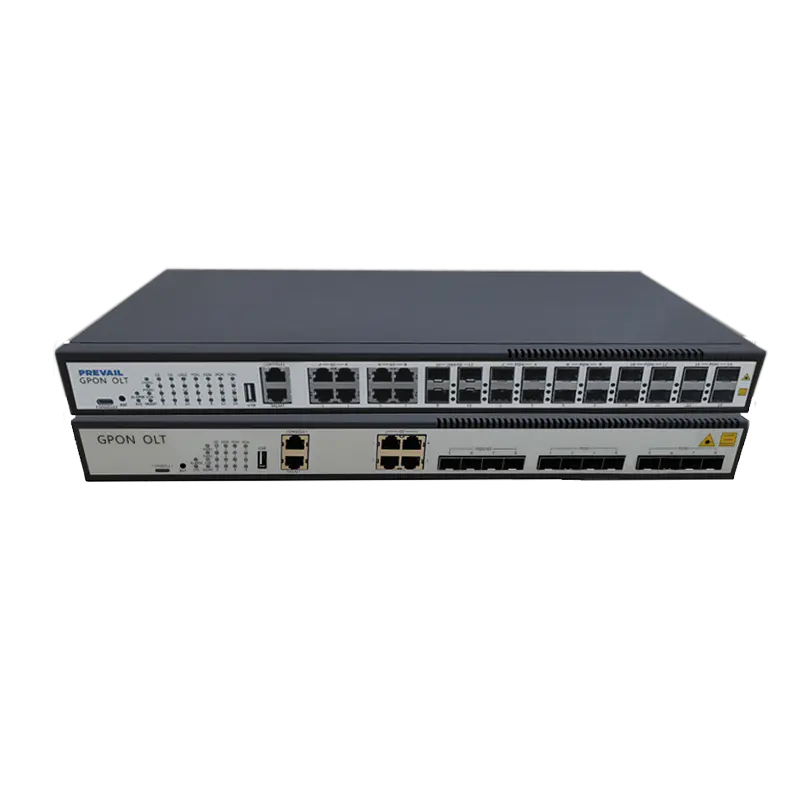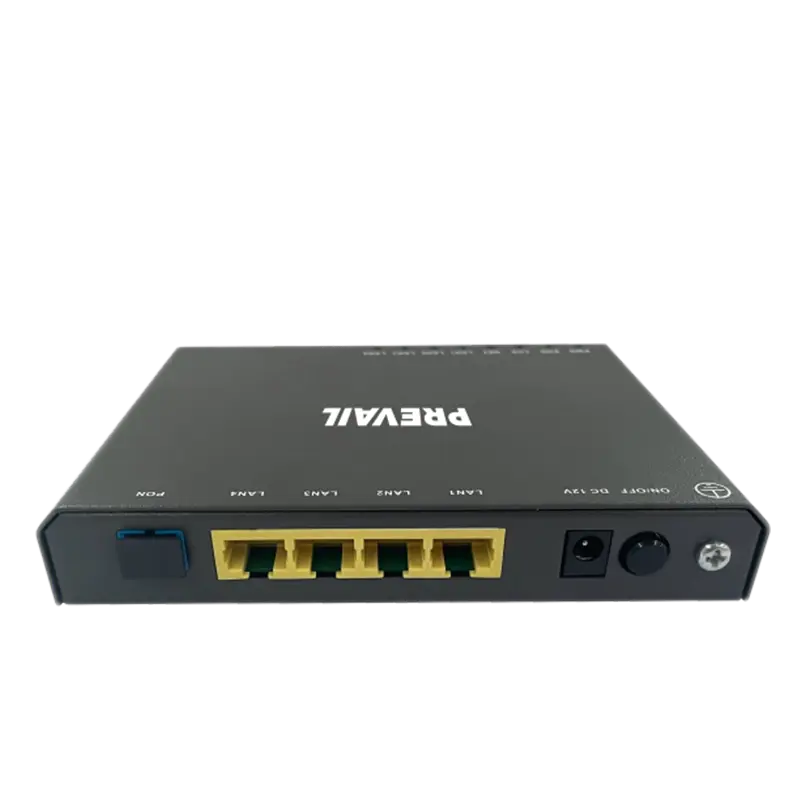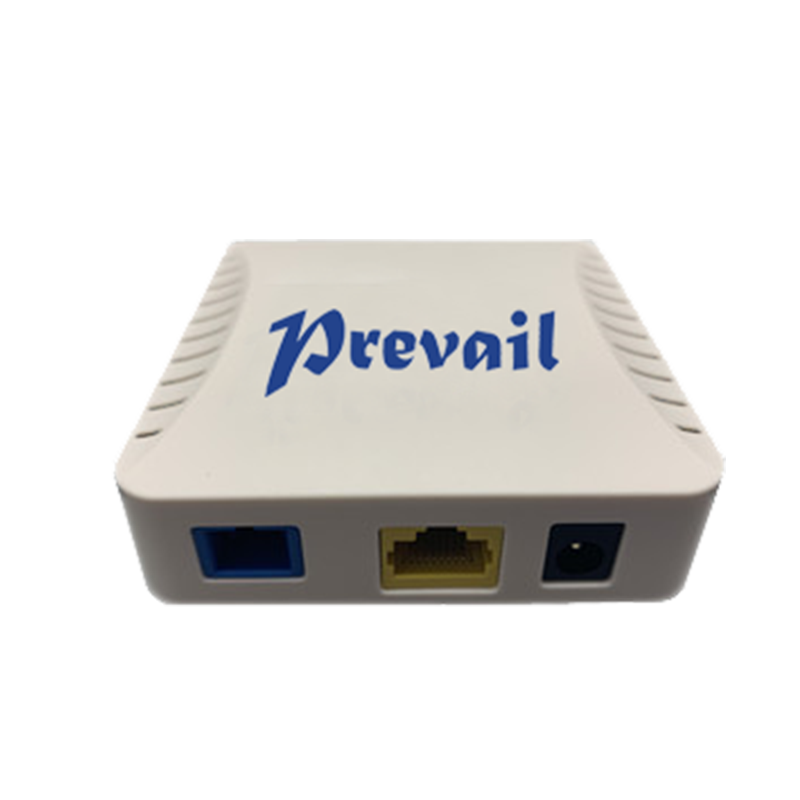How to Choose the Right Modulator Series Headend Equipment for Your Network?
Introduction: why choosing the right modulator matters
In digital television and IPTV networks, the Modulator Series Headend Equipment plays a vital role in transforming audio-visual content into RF or IP signals suitable for transmission. Selecting the right modulator ensures stable signal distribution, compatibility with network infrastructure, and high-quality viewing for end users. With the rise of hybrid broadcast systems that integrate Digital TV and IPTV, choosing properly configured modulator equipment has become more critical than ever.
Understanding the function of Modulator Series Headend Equipment
A modulator converts baseband video and audio signals (or transport streams) into modulated signals for transmission over cable, satellite, or IP networks. In a headend system, these modulators form the central hub where multiple signal sources are processed and transmitted efficiently to subscribers. They support various modulation standards—such as DVB-T/T2, DVB-C/C2, ATSC, ISDB-T, and QAM—depending on regional broadcasting formats and network types.
Typical applications in broadcasting networks
- Cable TV operators using digital modulators to distribute hundreds of HD channels through coaxial networks.
- IPTV service providers using IP modulators for signal conversion between RF and IP domains.
- Hospitality and education systems distributing digital TV content over private networks or campus infrastructures.
Key factors to consider when selecting modulator equipment
The right modulator depends on your transmission environment, channel capacity, and signal quality requirements. Below are essential aspects to evaluate before purchasing or upgrading headend equipment.
Signal format and compatibility
Ensure the modulator supports the same input and output formats as your existing headend system. For instance, if your content originates from IP streams, an IP-to-RF digital modulator is required. If your output must integrate with IPTV middleware, choose an RF/IP hybrid modulator capable of handling both protocols.
Supported modulation standards
Different regions and network infrastructures demand different modulation schemes. The most common standards include:
- DVB-C/DVB-C2 for cable television networks
- DVB-T/DVB-T2 for terrestrial digital broadcasting
- QAM (Quadrature Amplitude Modulation) for high-capacity data transmission
- ATSC for North American broadcast systems
Modern Digital TV/IPTV modulators often support multi-standard modes, allowing operators to switch formats through software configuration rather than hardware replacement—saving time and cost.
Input interfaces and flexibility
The versatility of input options defines how well a modulator can integrate with diverse content sources. Common input types include ASI, IP (UDP/RTP), HDMI, CVBS, and SDI. For large headend networks, devices with multiple input modules allow flexible content aggregation from satellite receivers, IPTV encoders, and media servers.
Output performance and signal stability
Output parameters such as frequency range, symbol rate, and MER (Modulation Error Ratio) directly influence broadcast quality. Higher MER values indicate cleaner modulation with fewer transmission errors. In IPTV environments, stable bitrate control and low packet loss are equally crucial for uninterrupted streaming.
Scalability and channel density
Choose equipment that supports multi-channel output to maximize bandwidth efficiency. High-density modulators can handle dozens of channels per rack unit, significantly reducing space and power consumption in professional headends. For expanding networks, modular chassis designs allow easy addition of new cards or channels without downtime.
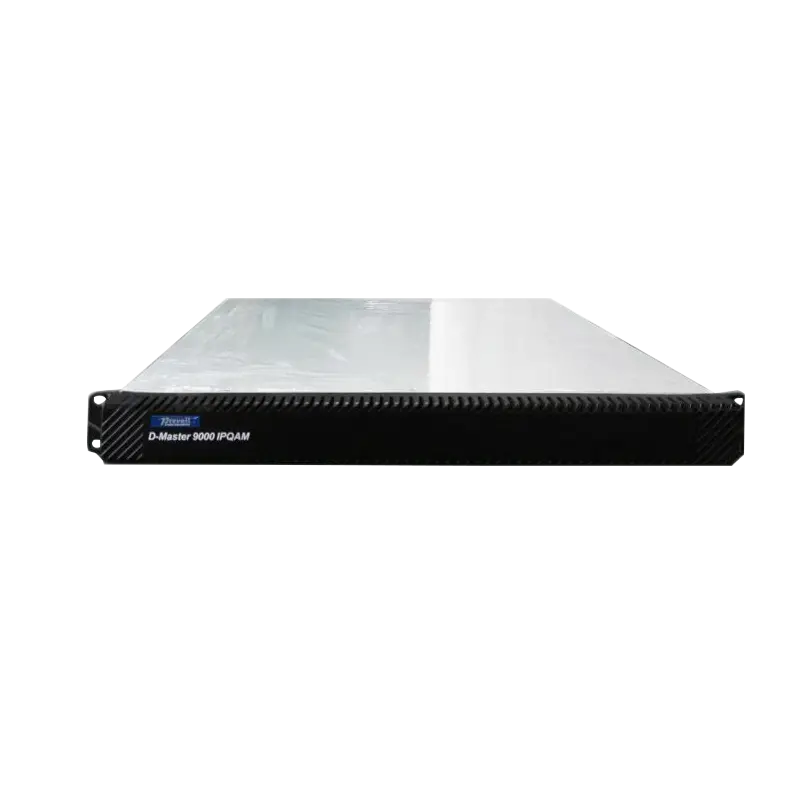
Remote management and monitoring
Efficient management tools are critical for large-scale operations. Look for modulators that offer web-based interfaces, SNMP support, or cloud monitoring platforms. These features allow remote configuration, firmware updates, and real-time alarm reporting, minimizing maintenance time and operational risk.
Comparing analog vs. digital modulator systems
While analog modulators still exist in some legacy systems, digital modulators dominate today’s market due to superior bandwidth utilization and image quality. The table below highlights major differences between the two:
| Feature |
Analog Modulator |
Digital TV/IPTV Modulator |
| Signal Type |
Continuous analog waveform |
Compressed digital transport streams |
| Bandwidth Efficiency |
Low, limited channels per spectrum |
High, supports multiplexed HD/4K channels |
| Signal Quality |
Subject to noise and degradation |
Error correction and stable performance |
| Upgrade Flexibility |
Limited |
Supports software upgrades and reconfiguration |
Integration with Digital TV/IPTV systems
Modern broadcasting networks are often hybrid systems that distribute content both through RF (Digital TV) and IP (IPTV). Selecting a modulator compatible with both standards enables seamless content delivery. Many Digital TV/IPTV modulators now support simultaneous RF and IP outputs, simplifying system architecture.
Benefits of dual-mode modulators
- Flexibility to serve both traditional DVB networks and IP-based platforms.
- Lower equipment cost by eliminating the need for separate devices.
- Simplified management and unified monitoring of signal performance.
When to choose IP-only modulators
If your network is fully IP-based—common in OTT or IPTV platforms—an IP modulator with support for multicast, unicast, and adaptive bitrate protocols (HLS, RTP, UDP) will provide the best integration. These units often feature built-in encoders and multiplexers, creating an all-in-one content processing solution.
Energy efficiency and reliability considerations
Headend systems operate continuously, so energy efficiency and hardware reliability are important for long-term cost savings. Select equipment with efficient power supplies, low heat generation, and automatic fault detection. Redundant power modules and hot-swappable designs further ensure uninterrupted service in mission-critical networks.
Vendor support and firmware updates
Reliable after-sales support and firmware upgrades can extend the lifespan of your modulator investment. Choose vendors that provide frequent software updates, open APIs for integration, and responsive technical assistance. In rapidly evolving broadcast environments, firmware adaptability often determines long-term equipment value.
Conclusion: building a future-ready headend network
Choosing the right Modulator Series Headend Equipment means balancing current operational needs with future scalability. Consider modulation standards, input/output flexibility, management tools, and integration with Digital TV/IPTV modulator systems. Investing in multi-standard, high-density, and remotely manageable modulators not only ensures optimal broadcast quality but also prepares your network for future upgrades in a fast-evolving digital ecosystem.






